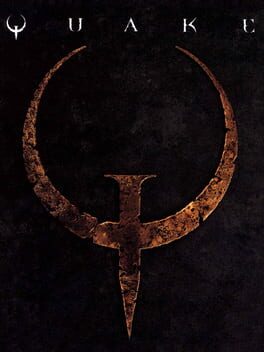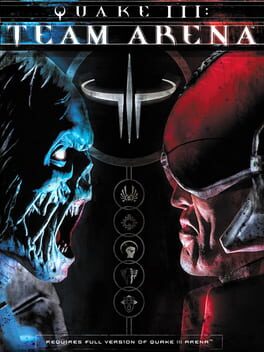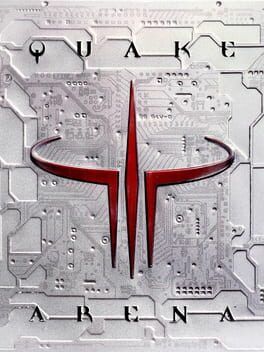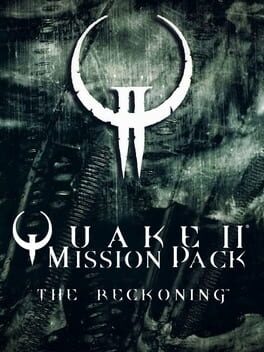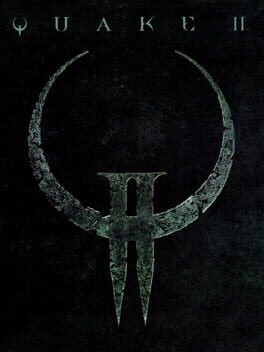

Quake is a first-person shooter video game, developed by id Software and published by GT Interactive in 1996 and featured music composed by Trent Reznor and Nine Inch Nails. It is the first game in the popular Quake series. In the game, players must find their way through various maze-like, medieval environments while battling a variety of monsters using a wide array of weapons.
Also in series
Released on
Genres
Reviews View More
Improving almost everything about Doom, Quake is id's best game. The map design is tighter. The secrets are more intuitive. The otherworldly atmosphere is more convincing. Doom's single-player can be a bit more engaging in its own way thanks to the sheer amount of enemies it can throw at you (and a better variety of them on top of that), but Quake's verticality and speed take it to another level, and that's before you even touch the adrenaline rush that is the multiplayer.
Quake 1 is like when a rock band is falling apart but puts out some of their best work
Being built from the remnants of John Romero's dream rpg Quake is left with an absolutely killer gothic lovecraftian vibe that's unlike any other fps, glued together with Nine Inch Nails' incredible ambient industrial score. The level design has a lot of fun with being in full 3D and enemies being tanky compared to Doom's (to make up for not being able to render as many) along with being mostly short range attackers leads to an interesting rhythm of combat. There's a couple weak spots, mostly in E4 being a huge difficulty spike with those fucking Spawn enemies and the bosses being kinda whatever puzzles, but Quake's always an absolute blast to go back to
Being built from the remnants of John Romero's dream rpg Quake is left with an absolutely killer gothic lovecraftian vibe that's unlike any other fps, glued together with Nine Inch Nails' incredible ambient industrial score. The level design has a lot of fun with being in full 3D and enemies being tanky compared to Doom's (to make up for not being able to render as many) along with being mostly short range attackers leads to an interesting rhythm of combat. There's a couple weak spots, mostly in E4 being a huge difficulty spike with those fucking Spawn enemies and the bosses being kinda whatever puzzles, but Quake's always an absolute blast to go back to
